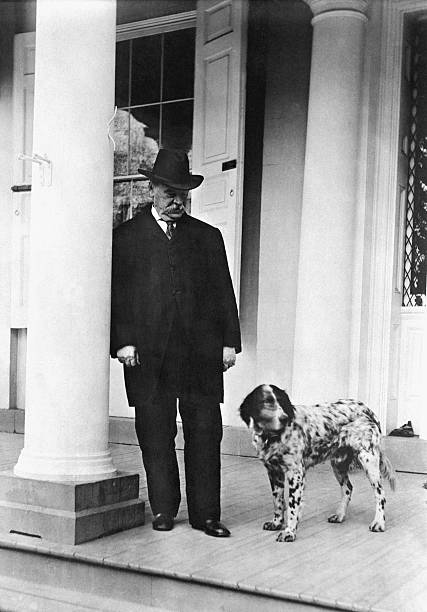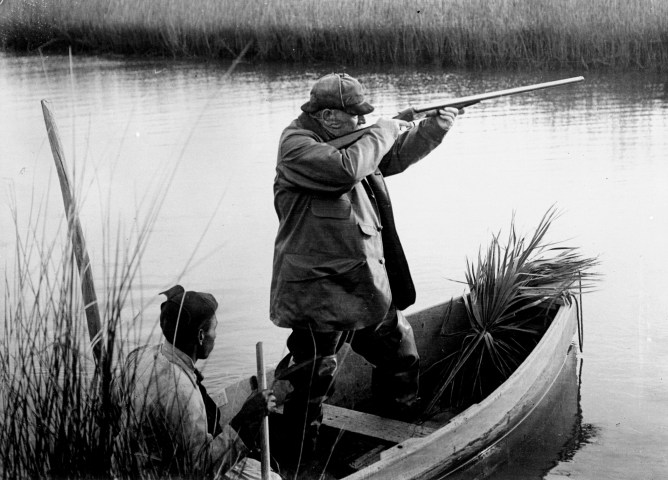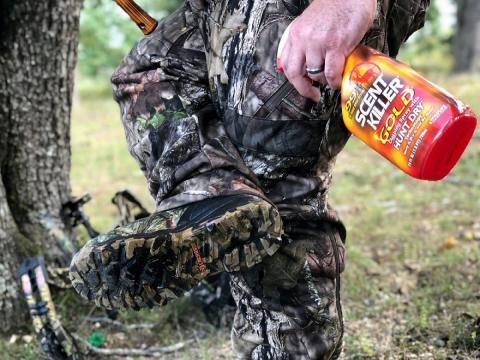
Greg Tinsley
Mostly lost behind the tsunami of conservation initiatives by President Theodore Roosevelt are the prescient actions of Stephen Grover Cleveland – hunter, fisherman and America’s 22nd and 24th Commander-and-Chief.
Born in New Jersey in 1837 and raised in New York, Cleveland earned a law license before embarking on an astonishing New York political career that included sheriff of Erie County, mayor of Buffalo and state governor. He ascended to the Presidency upon the assassination of William McKinley and was elected twice more – the only President of the United States to this point to win non-consecutive terms (1884 and 1892).
From every public office he held, Cleveland proved himself to be a uniquely hard-working conservative determined to throttle rampant government corruption; a man universally noted for foresight, common-sense, American patriotism and fairness. Increasingly, he navigated this pressure-cooker of responsibility through personal respites centering on hunting and fishing.
In 1893, Cleveland rolled 5 million Oregon acres in under the Forest Reserves Act of 1891. He signed the Yellowstone Protection Act of 1894, bringing wildlife law enforcement to the world’s first National Park. He went on to place an additional 20 million acres beneath the public trust, which included Mount Rainier and Olympus National Parks, as well as the Bitterroot and the Black Hills National Forests.

Writing beautifully for the NRA’s American Hunter magazine, author Ian de Silva reported that: “This action infuriated the timber industry and politicians from the western states. Up until that time no American president had taken such daring action on land conservation.”
Cleveland’s primary sporting passions were waterfowling, rabbit hunting and fishing. In 1897, a New York-based newspaper declared him the most famous fisherman in the United States.
He authored the obscure Fishing and Shooting Sketches in 1906. Therein, he pays homage to the support of traditional outdoorsmen with this passage concerning the North American Model for Wildlife Conservation:
I am convinced that there can be no better conservators of the sensible and provident protection of game and fish than those who are enthusiastic in their pursuit.
On July 1, 1908, friend and fellow statesman Theodore Roosevelt consolidated the Trabuco Canyon National Reserve and the San Jacinto National Reserve in Southern California, creating the Cleveland National Forest, a 720-square-mile tract of high chaparral. The honor came just eight days after Cleveland’s death at the age of 71.




























